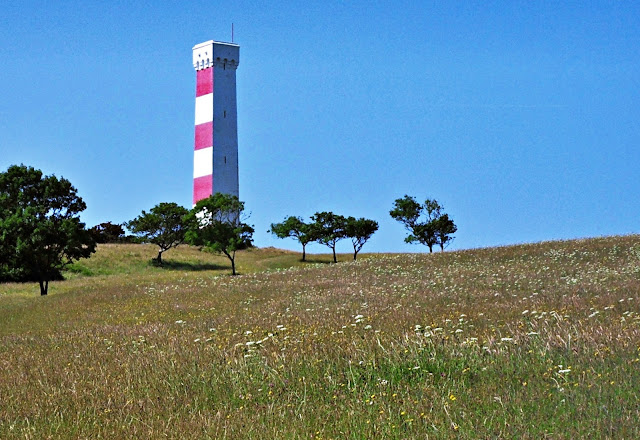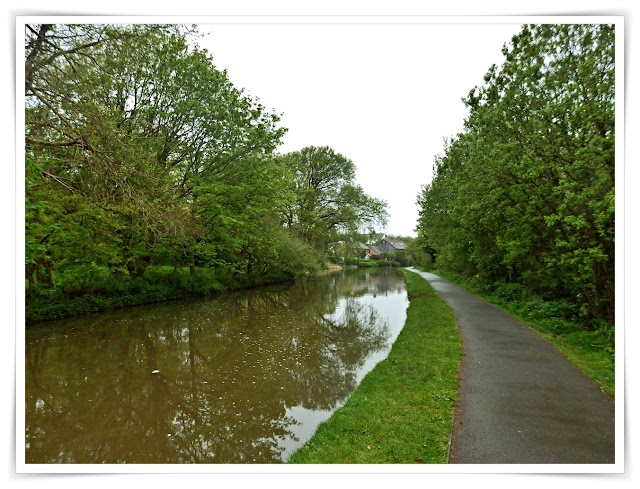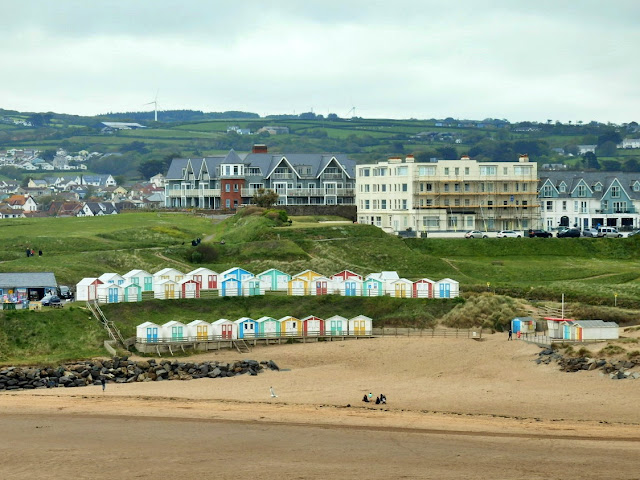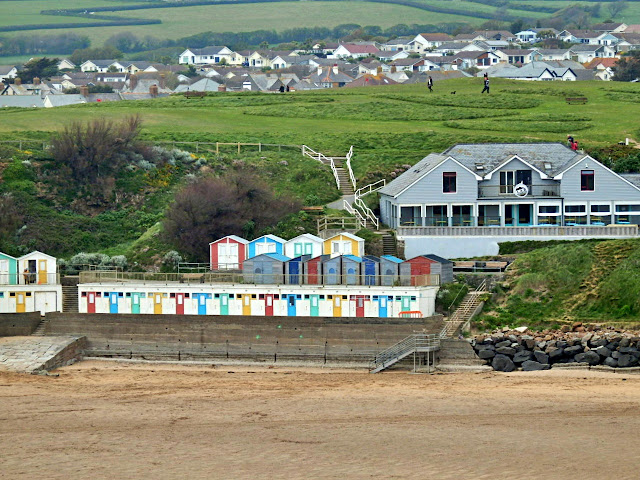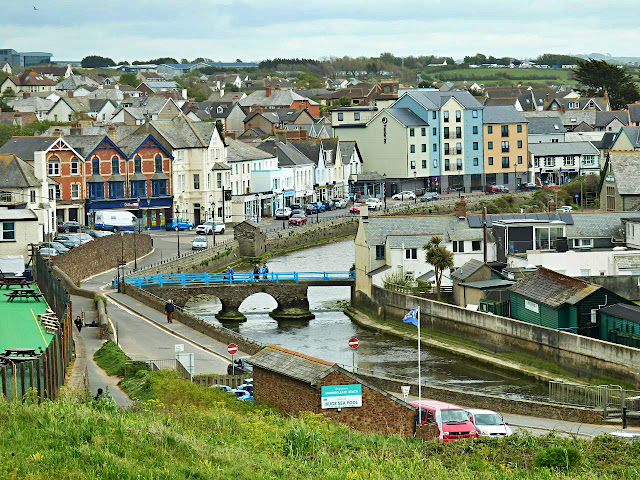Eight years ago my wife planted an apple pip in a small pot.
"Why?" I asked. "So we can have an apple tree," she answered.
"Yes, but couldn't we just buy one?"
"Ah," she replied, "but I like the flavour of this apple."
"Okay, okay!"
Over time the pip began to shoot and became, what I called a twig."
"No, no!" she said it's an apple tree."
And so it went on year after year, but I had to admit that the bush or tree, or whatever it was, gradually got bigger - but not a flower or an apple did it produce.
Last year I threatened to dig it up. "No, no!" she cried." Okay, there weren't actually any tears but I did say one more year and that's it - full stop!
This year all was silent in the house when I heard much excitement, "It's got flowers, the apple tree has got flowers!"
"Oh, great," I mumbled with as much enthusiasm as a damp squid. "It doesn't mean that there will be apples," I said in my best know-it-all tone of voice.
But now, today, I have to admit that there could well be apples growing on the pip tree - at least a dozen or so - the photo at the top of this post shows some of the evidence.
Now I know that Aristotle said that: "One swallow does not a summer make, nor one fine day; similarly one day or brief time of happiness does not make a person entirely happy."
I told my wife this but she said, "What on earth are you rambling on about, what's that got to do with apples? There will be apples on the tree, just you wait and see."
So I'm waiting to see. The proof will be in the eating of the apple pie!
And there's more:
Thought I'd better add a few photos to this post, so here are some flower pics from a visit to Cornwall's Eden Project a few days ago.On the approach to the car parks there were beautiful fields of wild flowers.
Once inside the Eden Project we walked round the gardens to see some of the various flowers on display.
After meandering through flower gardens we headed for the Mediterranean Biome - can just see a glimpse of it in the photo below.
We only had a quick walk round the biome as there were so many people everywhere - children were on half term, so lots of visitors to Eden at such times. Just a couple of quick photos from the Mediterranean Biome.
And finally a few people below getting their first look at some of the biomes - always an impressive sight.
Luckily we have annual passes, so can often visit the Eden Project, preferably when it isn't quite so busy.
Also see:
Flavour of Cornwall's Eden Project - 15 photos
More Flavour of Cornwall's Eden Project - 14 photos















